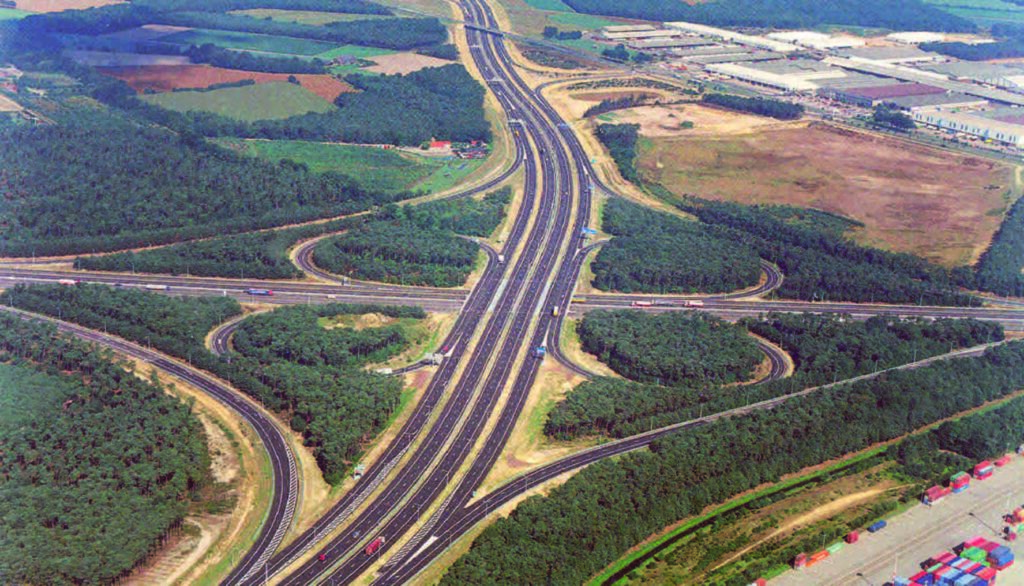Environmental Damage
The IHS causes habitat destruction, wildlife-automobile collisions, and noise and air pollution. According to a 2022 article in the New York Times, “Transportation is the nation’s largest source of greenhouse gases, producing 29 percent of emissions, and has been stubbornly difficult to clean up.”
However, the Bipartisan Infrastructure Law was passed in 2022, allocating $550 billion for infrastructure spending, including reducing carbon emissions. Furthermore, an article in Scientific American about the 2015’s North American Congress for Conservation Biology stated that “shrubs, grasses and other plants already along roads in U.S. national parks, wildlife refuges and other public lands currently are currently sequestering some seven million metric tons of carbon a year—equivalent to taking some five million cars off the road—all without trying to optimize the mix of plants and management practices for carbon storage.”
States like California are researching carbon sequestration through vegetation along highway medians. “Highway roadsides may be an overlooked and undervalued component of the department’s resources available to reduce greenhouse gases and assist in meeting California Air Resources Board compliance goals,” said Doug Brown of the California Department of Transportation.
